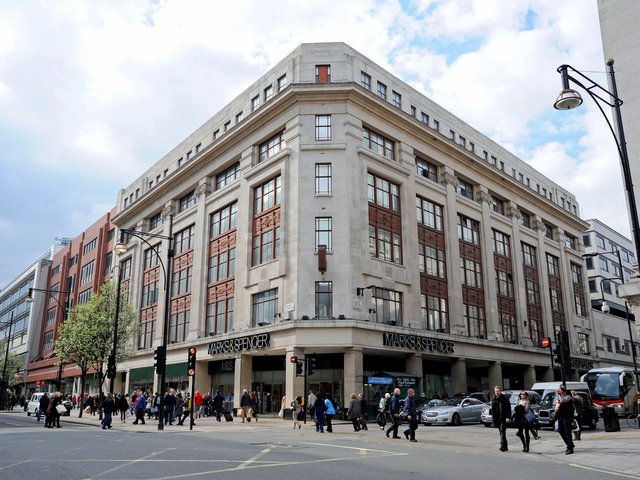London
A major report on the historic environment argues that it is important to focus on areas, not just buildings and sites. Power of place, an English Heritage study, stresses that what most people care about is the whole of their environment. English Heritage chairman, Sir Neil Cossons, explained: “People value places—the combination of streets, shops, houses and public spaces— while the existing legislation focuses on protecting individual buildings and monuments.” The report’s key message is that the most valued places are not necessarily grand; they are the high streets and villages, cinemas and churches, urban parks and hedgerows. “Care for the quality and character of these everyday environments creates better places for people—and a better quality of life.” A public opinion survey undertaken for the report showed that 87% felt it right that there should be government funding to preserve the historic environment.
The English Heritage study also examined the attitudes of ethnic minorities. “Many people feel excluded from a full appreciation of England’s cultural richness. They think that their heritage—the things they themselves value in their environment—are ignored.”
Three out of four people in the public opinion survey believed that the contribution of black and Asian people is not adequately represented in heritage provision (the survey also revealed that only a quarter of black people said they had made a special trip to the countryside during the previous year).
In a separate consultation exercise with heritage groups, the single most frequently raised issue was the problem of Value Added Tax (VAT) payable on building work. Although new-build does not attract VAT, it is payable at 17.5% on repairs, but not on alterations to listed buildings. “This provides an incentive to make alterations where repair would have been just as satisfactory,” the English Heritage report explains. It concludes that “what would make sense is equalising VAT on all new-build, repairs and maintenance”, at a 5% rate.
The report also gives interesting data provided by the Historic Houses Association, which represents 1,200 owners. On average, their members face maintenance bills of £40,000 a year, with major capital repairs needed every 10 to 25 years at a cost of between £250,000 and £1 million. This work is currently funded from a range of sources, including 10% from grant aid and 22% from sales of works of art—itself a major loss to the historic integrity of house, landscape and contents. The “Power of Place” report was presented on 14 December to arts minister Mr Alan Howarth, who welcomed it and promised a detailed government response in the spring.


